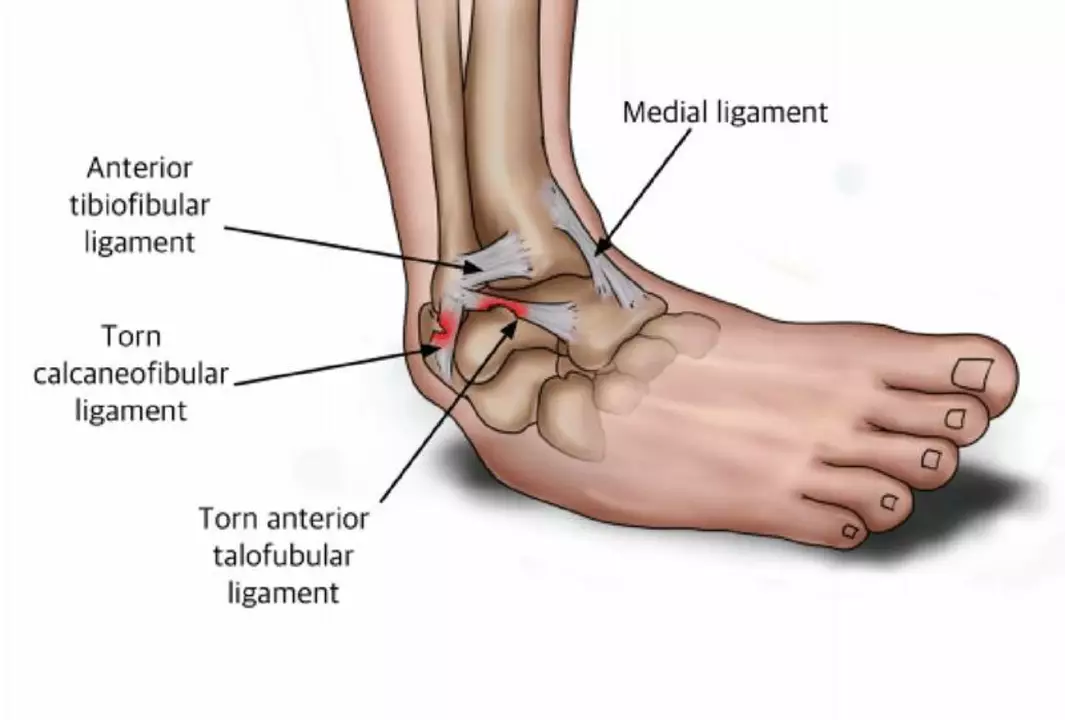Chronic injury: how to spot it and what to do
Been dealing with the same ache or weakness for months? That’s often what people mean by a chronic injury — pain or loss of function that lingers long after the original incident. It doesn’t always look dramatic. Sometimes it’s a stiff shoulder that never fully recovers, a tendon that twinges every time you type, or a burn that left sensitive skin. The good news: you can take clear, practical steps to feel better and get moving again.
Common causes and warning signs
Chronic injuries usually come from three things: an initial injury that didn’t heal well, repeated stress over time, or nerve-related damage. Think of a sprained ankle that never regained stability, tendinopathy from repetitive work, or nerve pain after surgery. Warning signs include pain that lasts more than 3 months, stiffness that worsens with use, numbness or tingling, and reduced strength. If you notice skin changes after a burn or signs of infection, treat that as urgent.
Not all chronic pain is the same. Nerve pain often feels like burning, electric shocks, or pins and needles — that’s when nerve-focused medicines or specialist referrals help. Muscle and joint pain tend to be sore, achy, or stiff and usually respond to movement-based rehab and anti-inflammatory strategies.
Practical steps to manage chronic injury
Start with basics you can do today: pace activity, avoid sudden increases in load, and use ice or heat depending on what helps you. If swelling or sharp pain flares, ice for short periods; for tight, stiff muscles, gentle heat before movement can loosen things up. Keep a simple pain diary for two weeks — note what makes pain better or worse. That helps both you and your clinician.
Physical therapy is one of the most effective tools. A therapist can show you targeted exercises that restore range of motion, build strength, and correct movement patterns so the same injury doesn’t return. For nerve-related problems, talk to your doctor about medications and alternatives — our article "Neurontin Alternatives: 9 Options That Could Work Better for You" covers options beyond gabapentin.
Over-the-counter drugs like ibuprofen (Motrin) can help short-term. Use the lowest effective dose and read guidance if you have other health issues — our Motrin guide explains dosing and safety. For skin issues after burns, topical steroids like fluocinolone may be discussed, but only under medical advice because they carry risks for fragile skin.
When simple measures don’t help, ask for imaging or a specialist referral. Red flags include worsening weakness, loss of bowel or bladder control, or spreading numbness. If your daily routine or sleep suffers, that’s worth a medical visit too.
Living with a chronic injury means combining active rehab, smart pain control, and small daily changes: ergonomic setups, footwear that supports your body, and breaking tasks into shorter bursts. Stay curious, track what works, and reach out for professional help when needed — many people improve a lot with the right plan.

How to Tell If Your Sprain Has Turned Into a Chronic Injury
Sprains can be quite painful and take time to heal, but sometimes they can turn into chronic injuries if not properly treated. To determine if your sprain has become a chronic issue, look out for signs like persistent pain, swelling, and limited mobility even after the healing period. Additionally, recurrent sprains or issues in the same area can indicate a chronic problem. If you're experiencing any of these symptoms, it's essential to consult a medical professional for accurate diagnosis and treatment. Don't ignore these signs, as chronic injuries can significantly impact your daily life and well-being.
More Detail